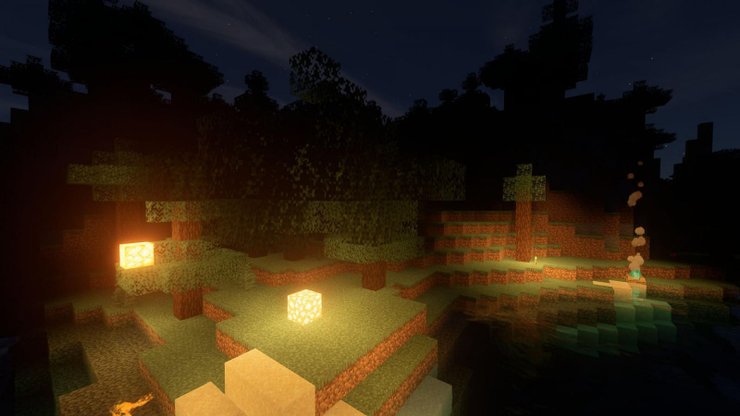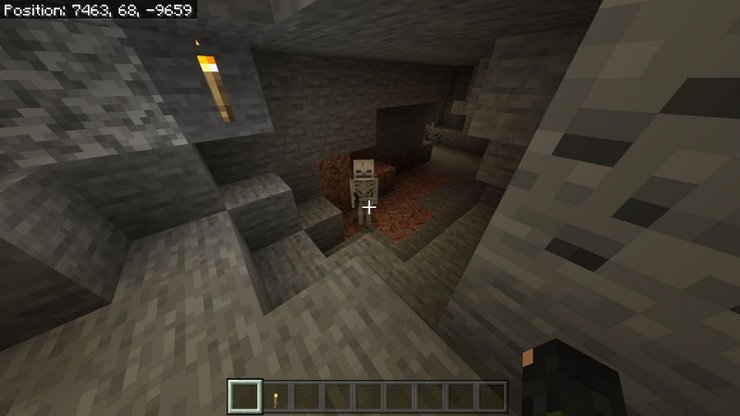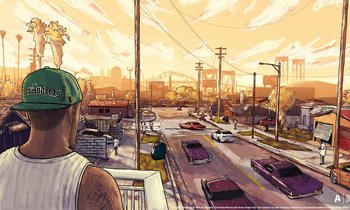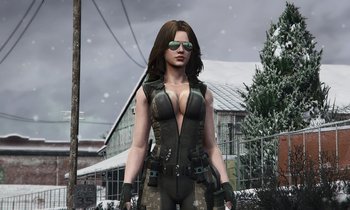Light level is a fundamental mechanic of Minecraft it affects visibility, mob spawning, and plant growth. Players can take advantage of this mechanic to create certain farms and builds. In this article, we are going to showcase everything you need to know about the light level mechanics.
Table of Contents

1. What are light levels in Minecraft?
Light levels in Minecraft are the specific levels of light that are emitted by blocks, torches and the sun.
On a flat surface, light level is reduced by one level for every block it travels. If players place a Lava block with a light level of 15, the blocks adjacent to it will have a light level of 14. Blocks diagonal from the light source will be reduced by two instead of one.
2. What are the best light sources in Minecraft?
Each light-emitting source has its own light level. For example, there is a difference in level between a normal Torch and a Redstone Torch. When it comes to natural light from the sky, any block exposed directly to sunlight will have a light level of 15.

Below are the light levels of the most common light sources in Minecraft:
- Torch: 14
- Furnace: 13
- Jack O' Lantern: 15
- Fire: 15
- Lava: 15
- Glowstone: 15
- Soul Campfire: 10
Overall, torches are considered the most efficient light block, resource wise. You can just craft a bunch and place them everywhere you want. Glowstone is a good alternative as well if you frequent the Nether to mine enough of them.
3. Mob and light level interactions
Light levels affect mob spawning. The darker it is, the higher the chance for mob spawns. The most common hostile mobs like Zombies, Skeletons, Creepers, Endermen, and Spiders all spawn at light level 8 or lower.

There are exceptions to the rule, of course. For example, Blazes and Zombified Piglins can spawn in the Nether at light level 11 or below. Bats, a special mob, on the other hand, only spawn at light level 3 or lower.
This is why players can create mobs farm by designing a dark structure a.k.a mob farm that automatically crushes mobs as they spawn.
4. Blocks and light level interactions
Similar to mob spawns, some blocks also need a certain light level to be able to spawn. Below is a list of blocks that require specific light levels:
- Snow: Forms at light level 10 or lower. Melt at 12 or higher.
- Ice: Forms at light level 9 or lower. Melt at 11 or higher.
- Saplings: Grow at light level 9 or higher.
- Crops: Grow at light level 9 or higher.
- Mushrooms: Spread at light level 12 or lower.
- Dirt: Spreads at light level 9 or higher.
This is why you should light up your food farms constantly for faster growth. For growth, the relevant light level is that in the block above the plant. The growth of pumpkins or melons from a stem checks the light above the stem, not the block where the pumpkin or melon grows.

>>> Read more: 5 Exclusive Features In Minecraft Education Edition That Should Be Added To Normal Versions










Comments